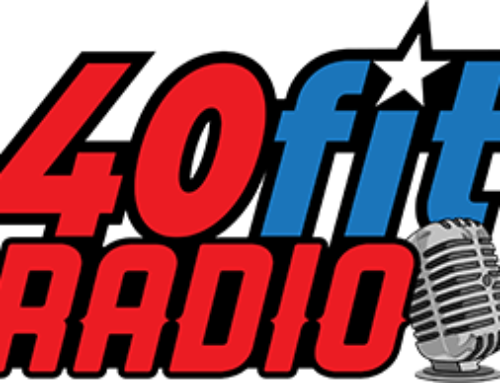In the first part of a new miniseries on not just feeling good, but lookinggood, Coach D walks you through how to understand and improve your metabolism for better body composition.
Metabolism is the total energy usage of your body and all its activities, which can be broken down into three broad categories:
- Resting activity, or all the processes your body uses to maintain life, such as breathing, circulation, digestion, cellular regeneration, and many others. One way to think about it is the total of all the cellular activity in the body; each cell in your body needs a certain amount of calories to survive and carry out its duty in the body. The total energy burn for all these activities is known as your basal metabolic rateor resting metabolism.
- Exercise and physical exertion, which is pretty self explanatory. As we mentioned in previous episodes, most exercise and activities burns calories for the duration of the activity. However certain types of high intensity exercise, such as barbell training and HIIT, burn calories during the activity AND burn additional calories (above the basal metabolic rate) for a period of time after you stop doing it. That’s what makes these forms of training so effective for changing your body composition.
- The thermic effect of food. Food requires energy to digest, and certain macronutrients – protein and fiber – require lots of energy to digest. That energy contributes a small but measurable amount toward your metabolism.
Your total metabolism is primarily comprised of your resting metabolism. Resting metabolism is primarily determined by your genetics and your body type (ectomorphs, endomorphs, mesomorphs). It’s unfortunate, but true. However, you caninfluence your basal metabolic rate through your training and nutrition habits.
We’ve talked plenty about training and why you need to gain muscle mass, so let’s talk about nutrition habits.
As mentioned above, foods that are high in protein and fiber raise your metabolism due to having higher thermogenesis. They also have a positive effect on your body’s blood sugar levels, improving insulin sensitivity and nutrient partitioning (how your body routes incoming food particles… do they get burned as energy, shuttled to muscles and lean tissue for repair and growth, or stored as fat). So diet is important.
If you have excess bodyfat to lose, you need to lose weight. Losing weight requires you to have a calorie deficit. The tricky thing is that when you lose weight, you lose a combination of both bodyfat and lean tissue, including muscle. By strength training and maintaining a high protein, high fiber diet, we can shift the percentage toward more fat loss while maintaining muscle.
At the end of the day, it’s easy to blame low metabolism on factors outside of our control. Yet it’s relatively rare that medical conditions affect the metabolic rate. We can’t all look like the celebrities in the magazines, but we canchange the way we look for the better.
Stay tuned for more episodes in the Looking Good, Feeling Good series!
Connect with 40fit Radio

Leave A Comment